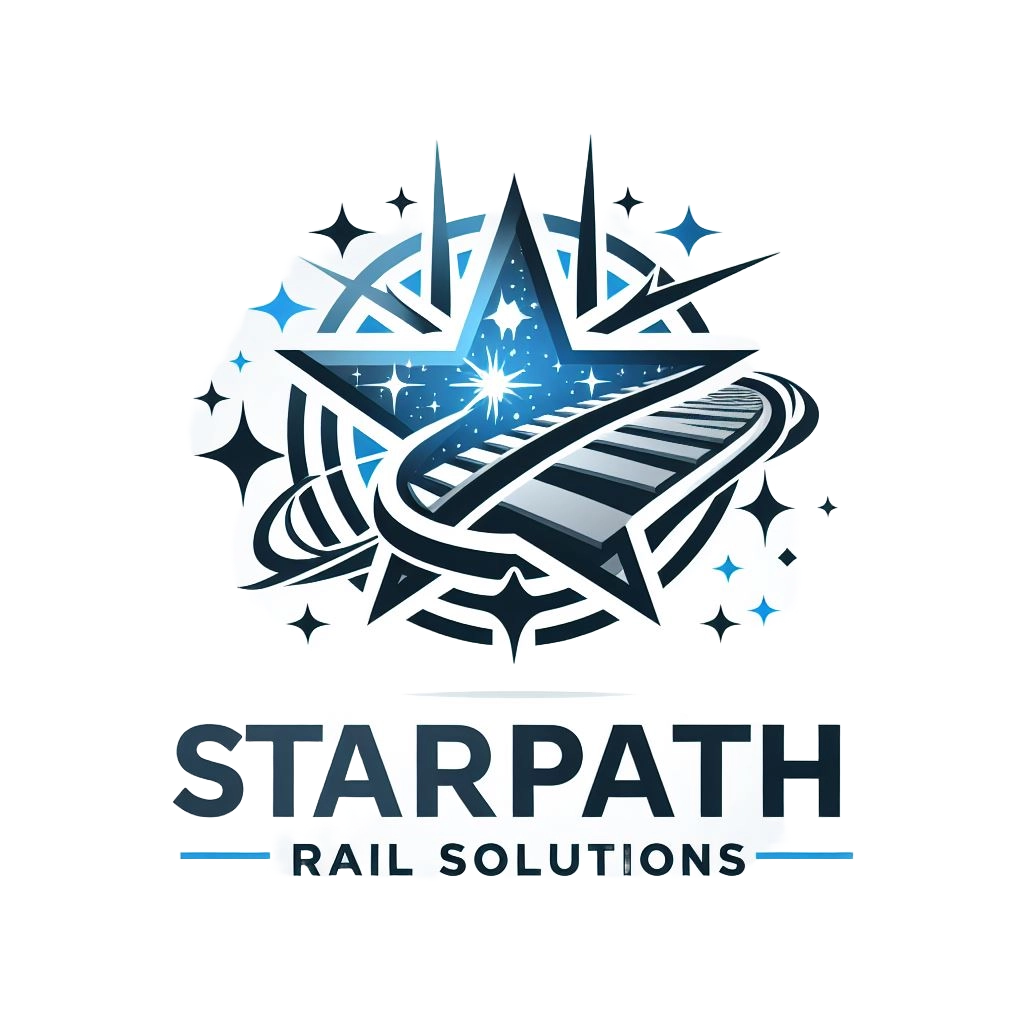Steps to Find Reliable Suppliers
1. Define Your Requirements
Before searching for suppliers, clearly define your business needs. This includes:
- Quality Standards: Specify required certifications like ISO 9001.
- Quantities: Determine the volume of products needed.
- Delivery Timelines: Set clear expectations for delivery schedules.
- Compliance Requirements: Ensure suppliers meet industry-specific regulations.
Having precise requirements helps streamline the selection process, ensuring suppliers can meet your specific needs.
2. Conduct Market Research

Use various methods to identify potential suppliers:
- Online Searches: Use search engines and specific keywords to find suppliers. Directories like Alibaba, ThomasNet, and Global Sources are invaluable.
- Trade Shows and Exhibitions: Events like the Canton Fair offer opportunities to meet suppliers in person.
- Referrals and Recommendations: Leverage networks and online forums for recommendations.
- Industry Associations and Trade Publications: These sources provide lists of reputable suppliers.
Example: Starpath Rail showcases their rail clips and tie plates on their website, demonstrating product quality and industry standards (https://starpathrail.com).
3. Evaluate Potential Suppliers

Evaluate potential suppliers on several key factors:
- Reputation and Track Record: Check online reviews, ask for references, and speak with current or past customers.
- Quality Standards: Ensure the supplier meets your quality requirements and request samples.
- Financial Stability: Review financial statements and perform credit checks.
- Production Capacity: Verify the supplier can meet current and future demands.
- Communication and Responsiveness: Assess their responsiveness to inquiries.
- Ethical and Environmental Practices: Evaluate their commitment to ethical practices and sustainability.
Example: Starpath Railroad Material Supply’s products meet stringent quality standards and their reputation is backed by customer testimonials (https://starpathrail.com/about-us-top-railroad-material-supplier/).
4. Request for Proposal (RFP) or Quotation (RFQ)
Issue an RFP or RFQ to shortlisted suppliers. Include:
- Pricing: Detailed cost breakdowns.
- Delivery Terms: Clear timelines and conditions.
- Quality Standards: Specific product requirements.
- Additional Information: Any other relevant details.
Detailed proposals enable better comparison and decision-making.
5. Compare and Negotiate
Compare proposals based on evaluation criteria. Negotiate terms to ensure the best value for your business, considering:
- Payment Terms: Favorable payment schedules.
- Bulk Discounts: Discounts for large orders.
- Delivery Schedules: Flexibility and reliability.
Effective negotiation can lead to significant cost savings and better terms.
6. Conduct Site Visits and Audits
If possible, visit supplier facilities to assess:
- Production Processes: Quality control measures.
- Operational Capabilities: Capacity and efficiency.
Site visits provide deeper insights into supplier reliability and commitment to quality.
Example: Starpath Railroad Supply encourages site visits, showcasing their state-of-the-art facilities (https://starpathrail.com/contact-us/).
7. Establish a Trial Period
Start with a small order to test supplier reliability and quality. Monitor performance closely to ensure they meet your expectations. A trial period serves as a practical evaluation of their capabilities and service level.
8. Monitor and Reassess
Continuously monitor supplier performance and reassess their reliability and quality over time. Regular audits and performance reviews help identify issues early and ensure long-term successful partnerships.
Example: Starpath Rail’s ongoing performance monitoring and customer feedback systems ensure sustained excellence (https://starpathrail.com/about-us-top-railroad-material-supplier/).
Best Practices
Diversify Your Supplier Base
Avoid relying on a single supplier to reduce the risk of supply chain disruptions. Having multiple suppliers provides backup options.
Use Technology and Data Analytics
Leverage technology solutions and data analytics tools to gather and analyze relevant data efficiently. This helps identify potential risks and trends more effectively.
Build Strong Relationships
Treat suppliers as partners and work on building strong, collaborative relationships. This leads to better terms, improved service, and mutual growth.
Example: Starpath Rail’s customer-centric approach and tailored solutions foster long-term relationships (https://starpathrail.com/quote-now/).
Case Study: Starpath Railroad Material Supply
Product Quality and Standards
Starpath Rail ensures all their products meet or exceed industry standards, such as those set by the American Railway Engineering and Maintenance-of-Way Association (AREMA). Their tie plates are designed to enhance rail stability and alignment, ensuring durability and performance.
Advanced Manufacturing Capabilities
Starpath Rail employs advanced manufacturing techniques, including high-volume forging and powder metallurgy solutions. These capabilities enable them to produce high-quality components with precision and consistency.
Example: Starpath Rail’s high-volume forging capabilities ensure they can meet large-scale demands efficiently (https://starpathrail.com/forging-parts/).
Commitment to Sustainability
Environmental responsibility is a core value at Starpath Rail. They implement sustainable practices throughout their manufacturing processes, from material selection to waste management.
Customer-Centric Approach
Starpath Rail prioritizes customer satisfaction through responsive communication and tailored solutions. Their customer service team addresses inquiries promptly, fostering long-term relationships and trust.
Innovation and Continuous Improvement
Innovation is at the heart of Starpath Railroad Material Supply’s operations. They continuously invest in new technologies and process improvements to enhance their product offerings and manufacturing efficiency.
Reliable Supply Chain Management
Starpath Rail’s robust supply chain management practices ensure timely delivery and consistent product quality. They maintain detailed records of all production batches, ensuring traceability and accountability.
Conclusion
Finding and maintaining reliable suppliers is fundamental to business success. By following these steps and best practices, you can build a robust and resilient supply chain that supports your business goals and growth. Starpath Rail serves as a prime example of a reliable supplier, demonstrating the principles of Experience, Expertise, Authoritativeness, and Trustworthiness in every aspect of their operations.
For more information on Starpath Rail and their offerings, visit their website: Starpath Rail.

